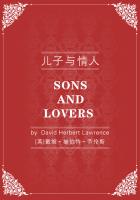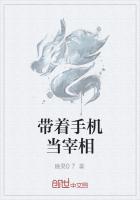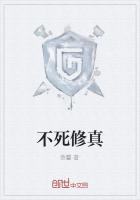Sculptural Style in the New Era
The Evolution of Sculptural Styles during a Century
The history of China’s modern sculpture started from the early 20th century when China’s centuries-old traditional sculptures went down and the Western style began to play a role. At the time, the Chinese intellectuals were trying to establish a new kind of culture with the attitude of “based on traditional Chinese values and aided with modern Western management and technology.” And sculptors in the art world were also lingering between the Western system of “describing things in a strictly scientific way” and the Chinese system of “expressing the spirit by describing appearances.”
The period of 1949–1979 saw another phase of China’s sculpture, when the sculptures mainly reflecting revolutionary ideology prevailed in China. Shortly after the People’s Republic of China was founded, Liu Kaiqu made the statue of Mao Zedong, which later became a piece of landmark artwork that marked the start of a time when sculptures expressing hero worship gained popularity. Those sculptures were full of passion typical of the revolutionary days. Many large-scale group sculptures, while designed to create a sort of optimism for the new life, satisfied the ideological needs at that time as well. After 1966, lots of statues of the leaders sprung up in many Chinese cities, which was one reflection of the “creation of immortals” at the particular time.
A wave of “building public sculptures” prevailed in Chinese cities after the 1980s. Various types of sculptures were shaped among urban squares and buildings, which were amazing either in styles or shapes and represented different levels of sculptural art. Afterwards, the passion for urban sculptures cooled. Since 1990s, China’s sculptures have experienced significant changes both in styles and concepts.
1911–1949: Western style gradually played a role in the turbulent eastern world
Chinese urban sculptures started right after the Xinhai Revolution (1911). Outdoor sculptures were rare at that time, dominated by commemorative statues of early revolutionists and the statues of Sun Yat-sen were the most popular of all. During the 1920s–1930s, major sculptors included Jiang Xiaojian and Li Jinfa, as well as Liu Kaiqu, a pioneer in China’s modern sculpture.
Jiang Xiaojian, as a Chinese artist who went to France for sculpture study in early days, returned to embark on sculpture art in the 1920s. He was best known for the bronze statue of “Premier Sun Yat-sen,” which has been located north of the government complex of Jiangwan, Shanghai. Three meters high and over ten meters tall (including the base), the sculpture integrates Frenchs tyle classical carving methods, reproduces the great revolutionist in a vivid way and has become a landmark landscape in the new district of Shanghai.
Liu Kaiqu, one of the sculptors who went to France in early times, once studied in Paris Higher Fine Art School. Returned to China in 1933, he taught at Hangzhou Art College where he cultivated many sculpture professionals for the new China. Based on the western classical techniques, his sculptures combined traditional Chinese lines carving methods characterized by conciseness. What he sculptured presented a sense of affability by highlighting simple, precise and exquisite styles rather than exaggerated, passionate emotions or dramatic aroma. The “statue of Dr. Sun Yat-sen” that he created in 1944 has been still placed in the Chunxi Road in Chengdu.
Due to turbulent Chinese social life in the past, only few pieces of the artworks from the sculptors have been passed down. Their acute and deep insights, however, paved way for the development of China’s modern sculpture art and enriched the memories of the Chinese people for the past.
1949–1979: From revolutionary passion to formula-style art
China’s sculptures have no longer been those placed in traditional temples and grottos since the 1950s. The main methods and techniques were introduced from the west, and such introduction, like that of the oil paintings, was a process that saw gradual combination of the western and eastern cultures. Despite rich sculpture heritages, China was deeply affected by Russian sculptural style in the 1950s when learning from the Soviet Union was widely encouraged. More than introducing lots of representative Russian works and sculpturing experiences, China’s Ministry of culture also invited Russian sculptors to set up sculpturing training classes in China Central Academy of Fine Arts in early 1956, recruiting nationwide lectures and assistants in fine art schools as students.
The first big event in the sculpturing history of the New China after 1949 was the establishment of the Monument to the People’s Heroes. The Chinese government decided to erect a “Monument to the People’s Heroes” at the Tian’anmen Square of Beijing to commemorate all the revolutionists who fought and sacrificed for the nation’s independence during 1840–1949.














